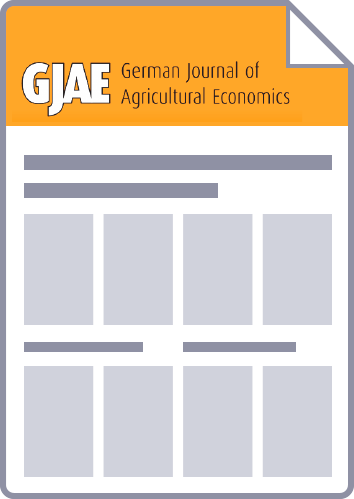In light of Russia’s war in Ukraine, three widely used trade and sector models were applied to assess: i) global food and nutrition security, ii) the effects on the bioeconomy, and iii) the implications for the European Common Agricultural Policy (CAP). Simulation results show that an export stop of agri-food commodities in Ukraine and Russia results in a substantial increase in global agri-food prices under short-term assumptions. However, the longer-term effects are much smaller due to global supply responses. The effects on food security depend on the importance of cereals in countries’ diets. Furthermore, due to subsequent Gross Domestic Product declines, there may be further negative long-term implications for food security, especially in Africa. An additional scenario with a 10% increase in the global oil price shows that European Union (EU) biofuel production is heavily affected. The implementation of the initially envisaged CAP requirement of a set-aside of 4% of the farmed area would have little effect on EU cereal production, whereas a 10% reduction in fertiliser availability in the EU would lead to a decline in net production of cereals. A joint reduction in pig herd size and pork consumption could partly mitigate the negative consequences of reduced fertiliser availability, otherwise leakage would occur either through the import of pork into the EU for consumption or the production of EU pork meat for export markets. To mitigate the market effects of the war, EU policymakers should: i) encourage efficient (animal) nutrient use to offset fertiliser shortages and land use choices that increasemarket availability of food crops, ii) encourage restructuring of animal production in line with consumption developments to prevent leakage effects and ensure that non-food products are used efficiently as feed products, and iii) support vulnerable households to secure short-term food access.


